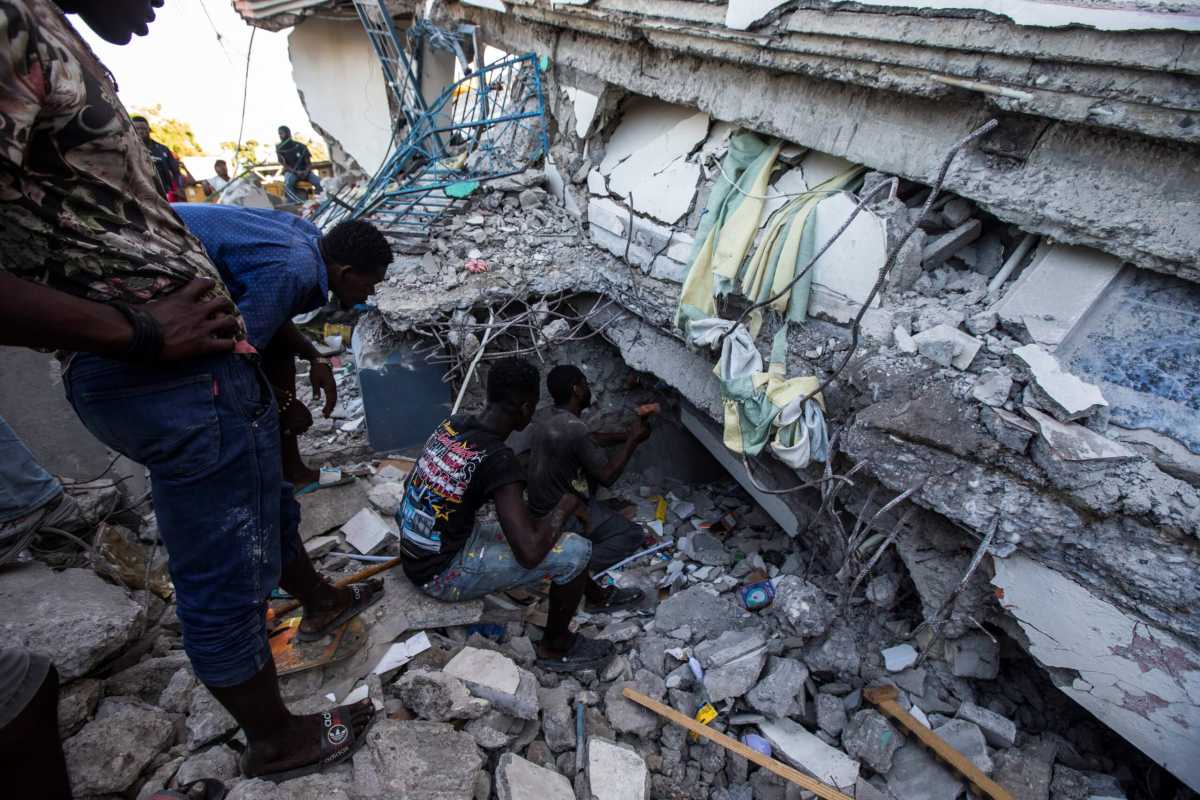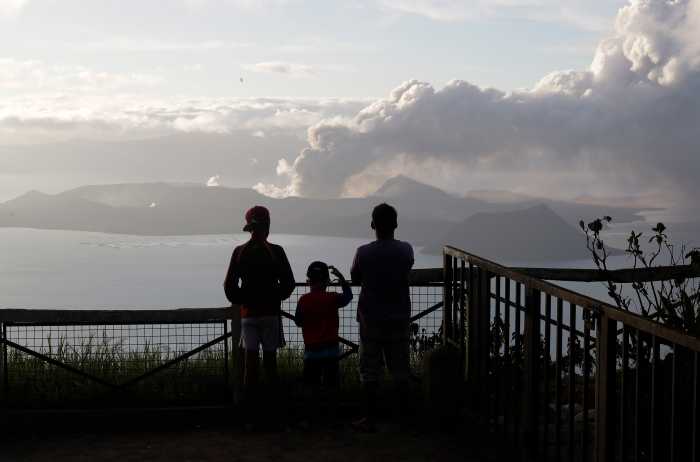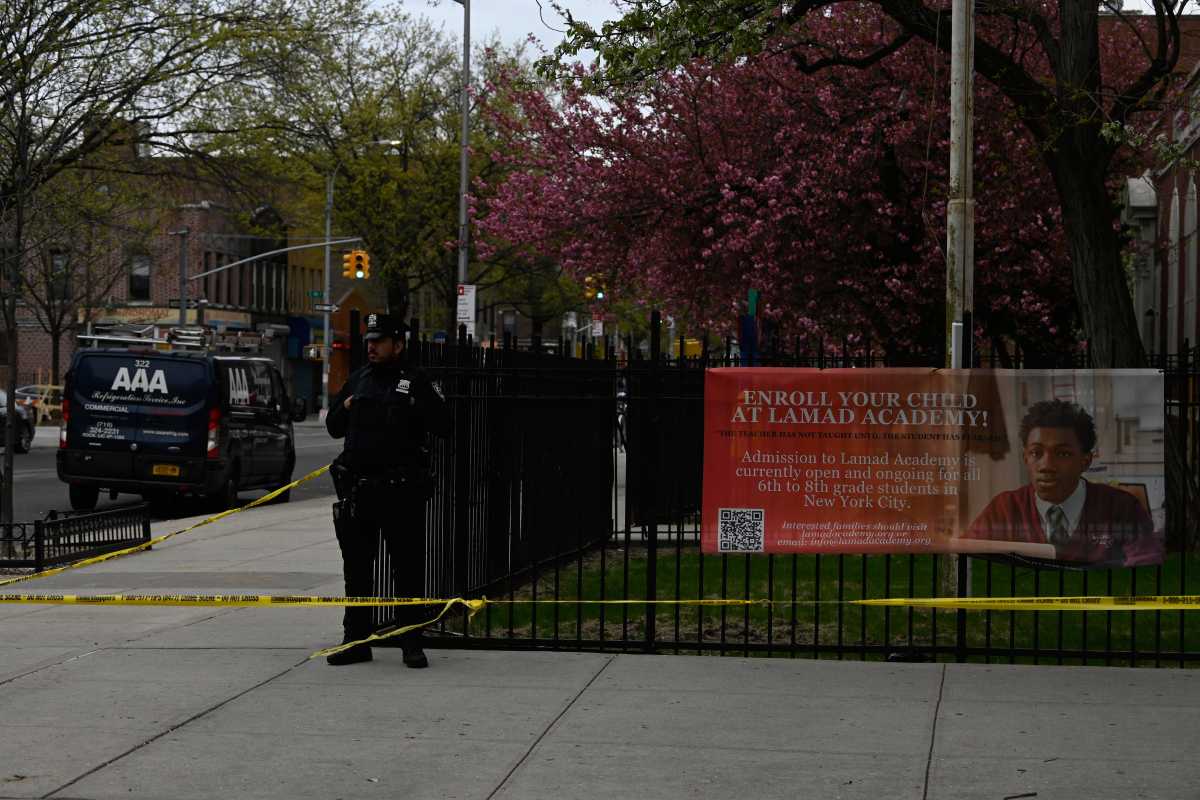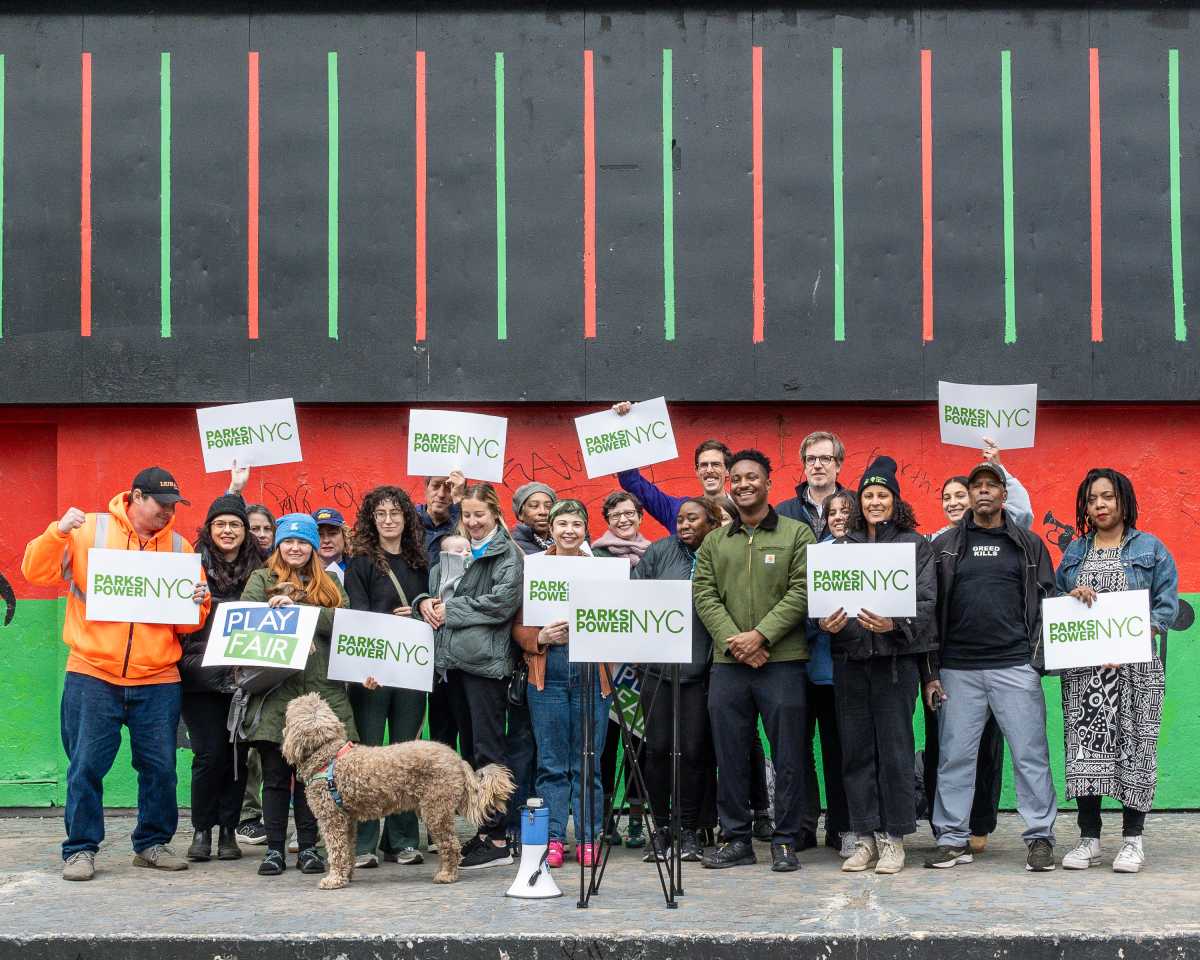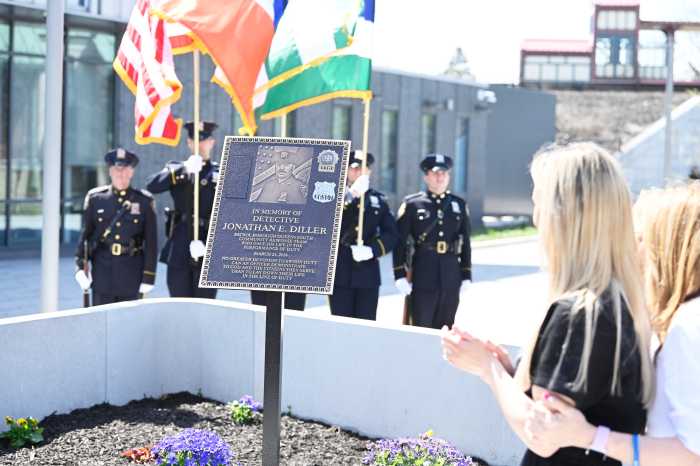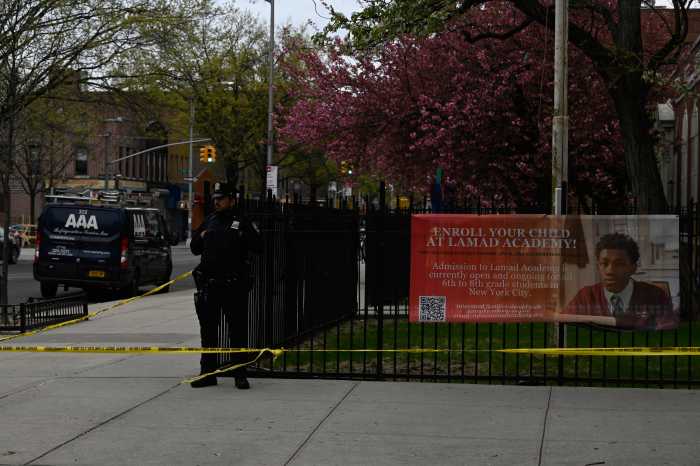When Lydie Jean-Baptiste saw her neighbors running from their homes on Saturday and felt the ground begin to shake beneath her feet, the 62-year-old Haitian was flooded by terrifying memories of the earthquake a decade ago that devastated her hometown.
For many in the poor Caribbean nation, Saturday’s major quake – which killed more than 300 people and left hundreds injured – revived the trauma of the Jan. 12, 2010 temblor from which the country was still reeling.
“The neighbors, I saw them running and running. I said ‘What’s wrong?’ They said ‘Earthquake!’ and I rushed to the front door,” Jean-Baptiste said. “All of a sudden, I had all those images of January 12 coming to my mind and I felt really, really scared.”
Her neighborhood of Delmas, in the southern outskirts of Port-au-Prince, was tossed by Saturday’s quake, whose epicenter was some 150 km (90 miles) to the west of the capital.
But in 2010, the tremor struck much closer, leveling many of the houses in her neighborhood and across the capital.
Estimates of the number of dead from that tremor vary widely, from below 100,000 to as high as the government’s 316,000.
When the 2010 quake struck just before 5 pm, Jean-Baptiste was covered in debris in her office and had to walk home through the wreckage of familiar streets.
“People had their head cut off, corpses, everything. For 48 hours, I just felt like: Am I alive? Did I awake somewhere else?” Jean-Baptiste said, adding it took her nearly a year before she was able to sleep under her own roof without worrying it would collapse.
“The trauma is coming back. I am home and we are just wondering, are we sleeping inside? Are we going to sleep on the veranda?”
Her worries were echoed by Haitians across the south of the country, with some in the worst-affected areas saying they preferred to sleep outdoors than worry about the roof crashing down on them.
“There are aftershocks every now and then, so I will be sleeping outside,” said Yvon Pierre, 69, former mayor of Saint Louis du Sud, now living in Les Cayes.
“I am strong but this affected me psychologically and that is probably the same as the rest of the population.”
Saturday’s earthquake came from the same system of seismic faults as the massive tremor that convulsed Port-au-Prince in 2010, running east to west across the nation.
Haiti – the poorest nation in the Americas – still bears the scars of the 2010 quake, with its infrastructure and economy weakened.
Iconic buildings, including the Notre Dame l’Assomption cathedral, have not been rebuilt, while tens of thousands of people still live in provisional housing.
Efforts to rebuild have been hampered by a flawed international aid system, corruption and political turmoil, experts said. Just last month, President Jovenel Moise was assassinated at his home.
Fonie Pierre, director of Catholic Relief Services for Les Cayes, 49, said Saturday’s quake was so strong that she could not bring herself to move, and as she stood there in her home, she had flashbacks from 2010.
She had traveled from Les Cayes to the capital days after the tremor and seen corpses piled up on the side of the road.
“It brought back to my mind’s eye the dead bodies, the white dust of homes crumbling” said Pierre. “I thought: this is it, it’s the same thing.”
Haiti had been struck by calamity after calamity – and now also has to face Tropical Storm Grace, on track to blow through the nation early next week, she lamented.
“It’s as if the sky were falling in on us,” she said. “And you ask yourself: What have we done to deserve this?”



